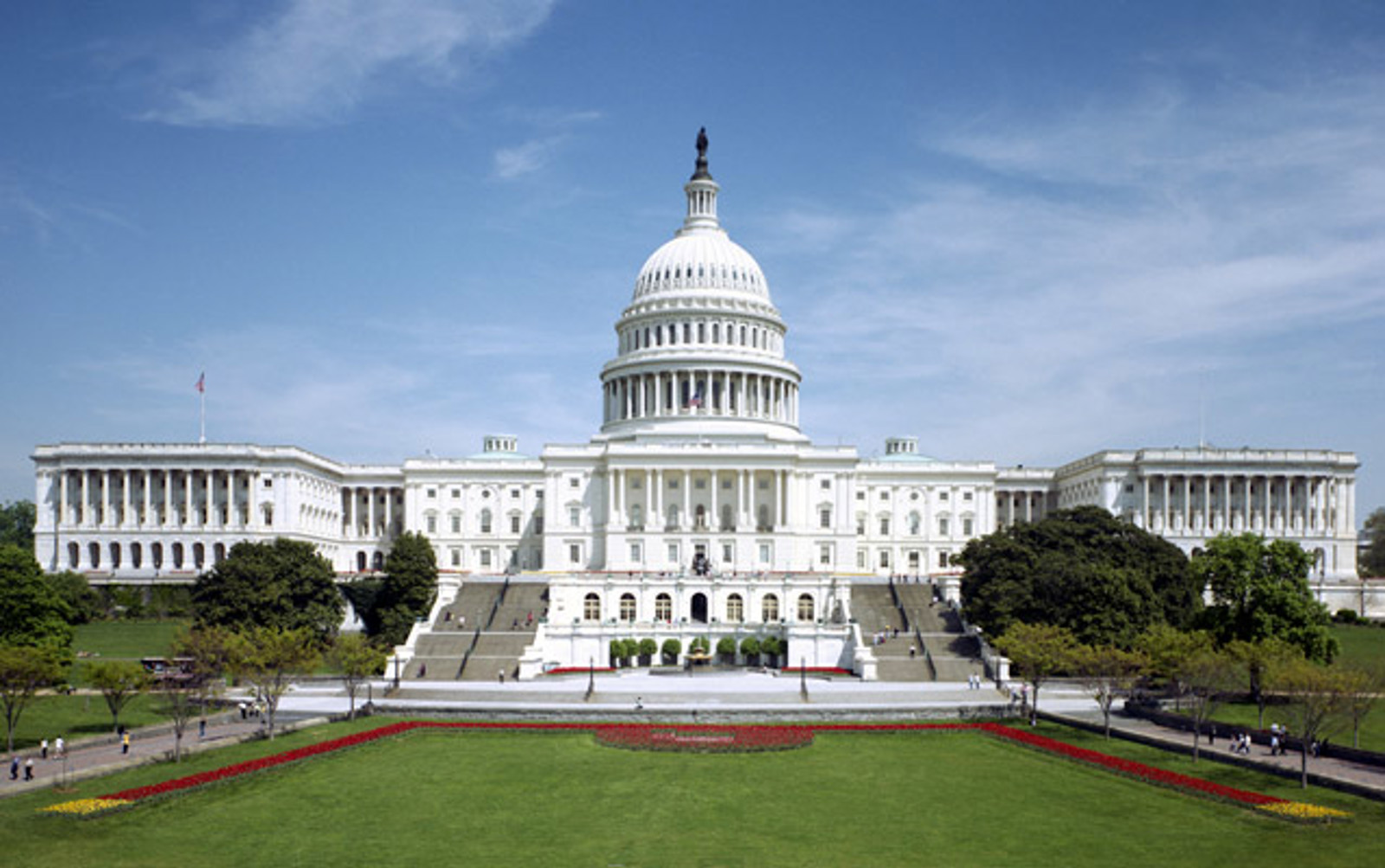September 18, 2020
A Roller Coaster Week for Potential COVID Relief
The outlook for Congress and the White House coming to terms on another COVID relief bill took many turns this week but ended with the possibility that the Administration and House Democrats may soon be back at the negotiating table.
The good news amid the roller coaster of whether or not a deal is imminent is that funding for higher education remains a top priority for all sides, with at least $30 billion for institutions and students on the table. Continuing to tell Members of Congress about the importance of increased assistance for students and colleges is important as they try to figure out what happens next in negotiations.
The ride began early in the week when the outlook for any movement on a deal was bleak. Analysts across the political spectrum were predicting the stalemate between White House and Congressional negotiators would last until after the election. However, during a House Democratic Caucus meeting, Speaker of the House Nancy Pelosi (D-CA) reportedly told members that the House would stay in session until a deal was negotiated. She later clarified that remark and stated that members were not expected to stay in Washington but would continue to be on “24 hour notice” for votes if a deal materialized.
At the same meeting, the Problem Solvers Caucus outlined a compromise COVID relief bill totaling $1.5 trillion hoping to facilitate a deal before going home to campaign for the November elections. While the bipartisan proposal includes funding for top Democratic and Republican priorities, it attempts to hit a middle ground between the Democrats’ $3 trillion included in the HEROES Act, and subsequent $2.2 trillion line they are holding in negotiations with the White House, and the $500 billion in the Republican’s HEALS Act. The Democratic leadership dismissed the Problem Solvers’ proposal as undercutting their funding goal.
On Wednesday, President Trump encouraged Republicans to seek increased spending on COVID relief by stating in a tweet that they should “Go for the much higher numbers.” This was unexpected as the White House, to date, has not been willing to support funding at these levels. The statement may mean that the White House is interested in supporting more funding.
Senate Republicans have been especially reluctant to support more spending in light of rising deficit estimates and tough reelection bids. They have introduced two smaller packages on the Senate floor, but because they have a slim majority, Democratic votes are needed to meet the 60-vote threshold to proceed to consideration in the Senate. President Trump’s tweet urging Republicans to seek increased funding indicates he may be more interested in addressing the economic and health crisis than in keeping funding levels low enough to please a majority of Republicans.
Trump’s tweet also spurred his negotiator, White House Chief of Staff Mark Meadows, to be more optimistic about a relief deal, commenting that he looks forward to continued conversations with congressional Democrats. Rep. Pelosi reportedly reached out to Meadows to see how negotiations can restart.
The good news amid the roller coaster of whether or not a deal is imminent is that funding for higher education remains a top priority for all sides, with at least $30 billion for institutions and students on the table. Continuing to tell Members of Congress about the importance of increased assistance for students and colleges is important as they try to figure out what happens next in negotiations.
The ride began early in the week when the outlook for any movement on a deal was bleak. Analysts across the political spectrum were predicting the stalemate between White House and Congressional negotiators would last until after the election. However, during a House Democratic Caucus meeting, Speaker of the House Nancy Pelosi (D-CA) reportedly told members that the House would stay in session until a deal was negotiated. She later clarified that remark and stated that members were not expected to stay in Washington but would continue to be on “24 hour notice” for votes if a deal materialized.
At the same meeting, the Problem Solvers Caucus outlined a compromise COVID relief bill totaling $1.5 trillion hoping to facilitate a deal before going home to campaign for the November elections. While the bipartisan proposal includes funding for top Democratic and Republican priorities, it attempts to hit a middle ground between the Democrats’ $3 trillion included in the HEROES Act, and subsequent $2.2 trillion line they are holding in negotiations with the White House, and the $500 billion in the Republican’s HEALS Act. The Democratic leadership dismissed the Problem Solvers’ proposal as undercutting their funding goal.
On Wednesday, President Trump encouraged Republicans to seek increased spending on COVID relief by stating in a tweet that they should “Go for the much higher numbers.” This was unexpected as the White House, to date, has not been willing to support funding at these levels. The statement may mean that the White House is interested in supporting more funding.
Senate Republicans have been especially reluctant to support more spending in light of rising deficit estimates and tough reelection bids. They have introduced two smaller packages on the Senate floor, but because they have a slim majority, Democratic votes are needed to meet the 60-vote threshold to proceed to consideration in the Senate. President Trump’s tweet urging Republicans to seek increased funding indicates he may be more interested in addressing the economic and health crisis than in keeping funding levels low enough to please a majority of Republicans.
Trump’s tweet also spurred his negotiator, White House Chief of Staff Mark Meadows, to be more optimistic about a relief deal, commenting that he looks forward to continued conversations with congressional Democrats. Rep. Pelosi reportedly reached out to Meadows to see how negotiations can restart.
For more information, please contact:
Stephanie Giesecke

